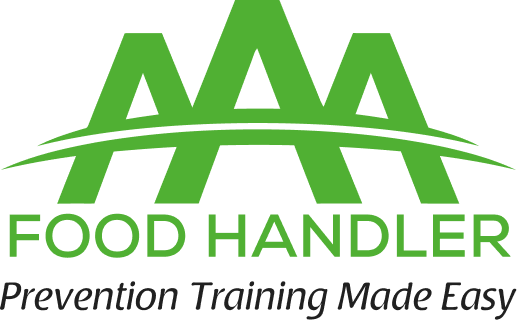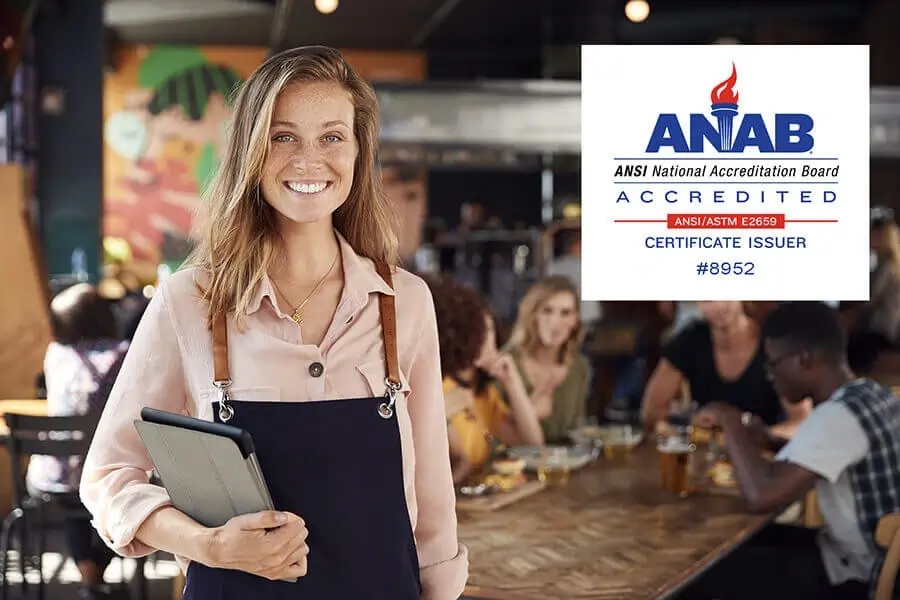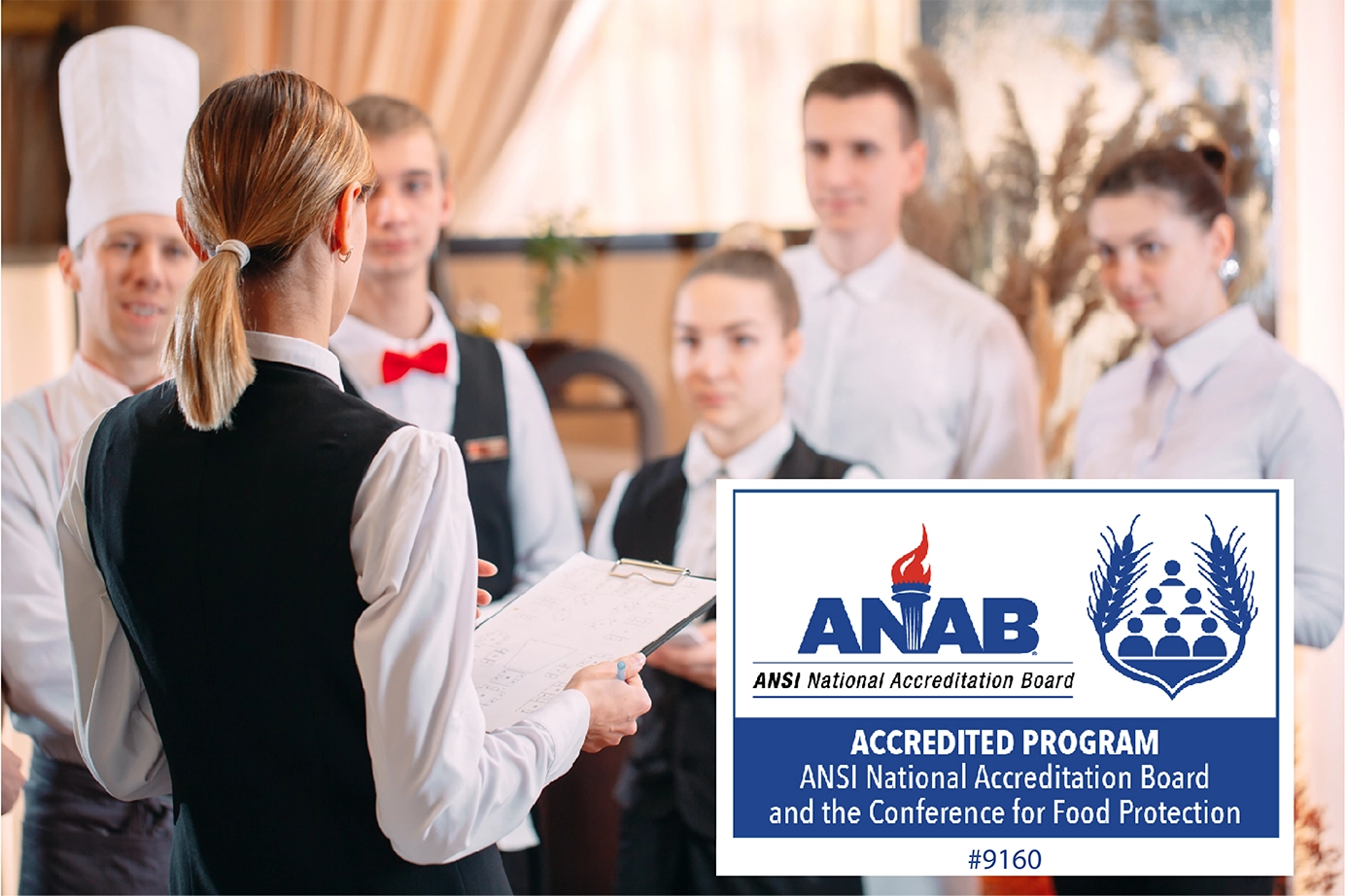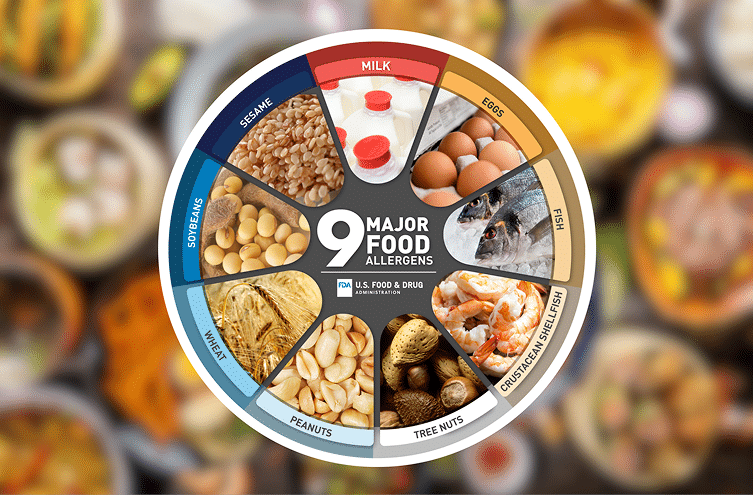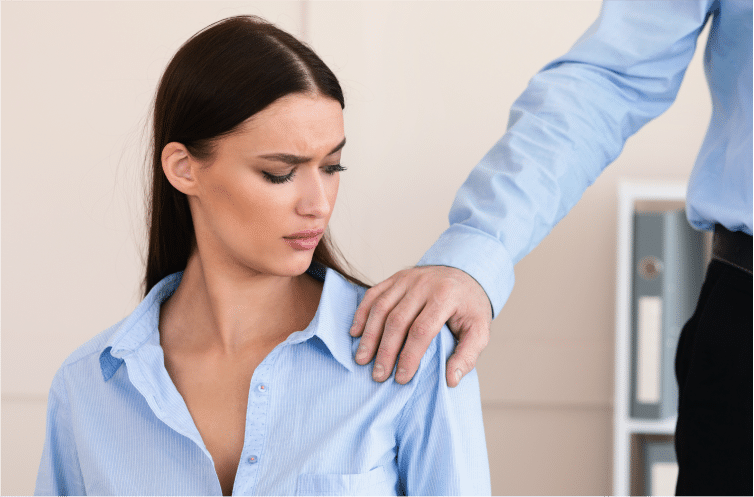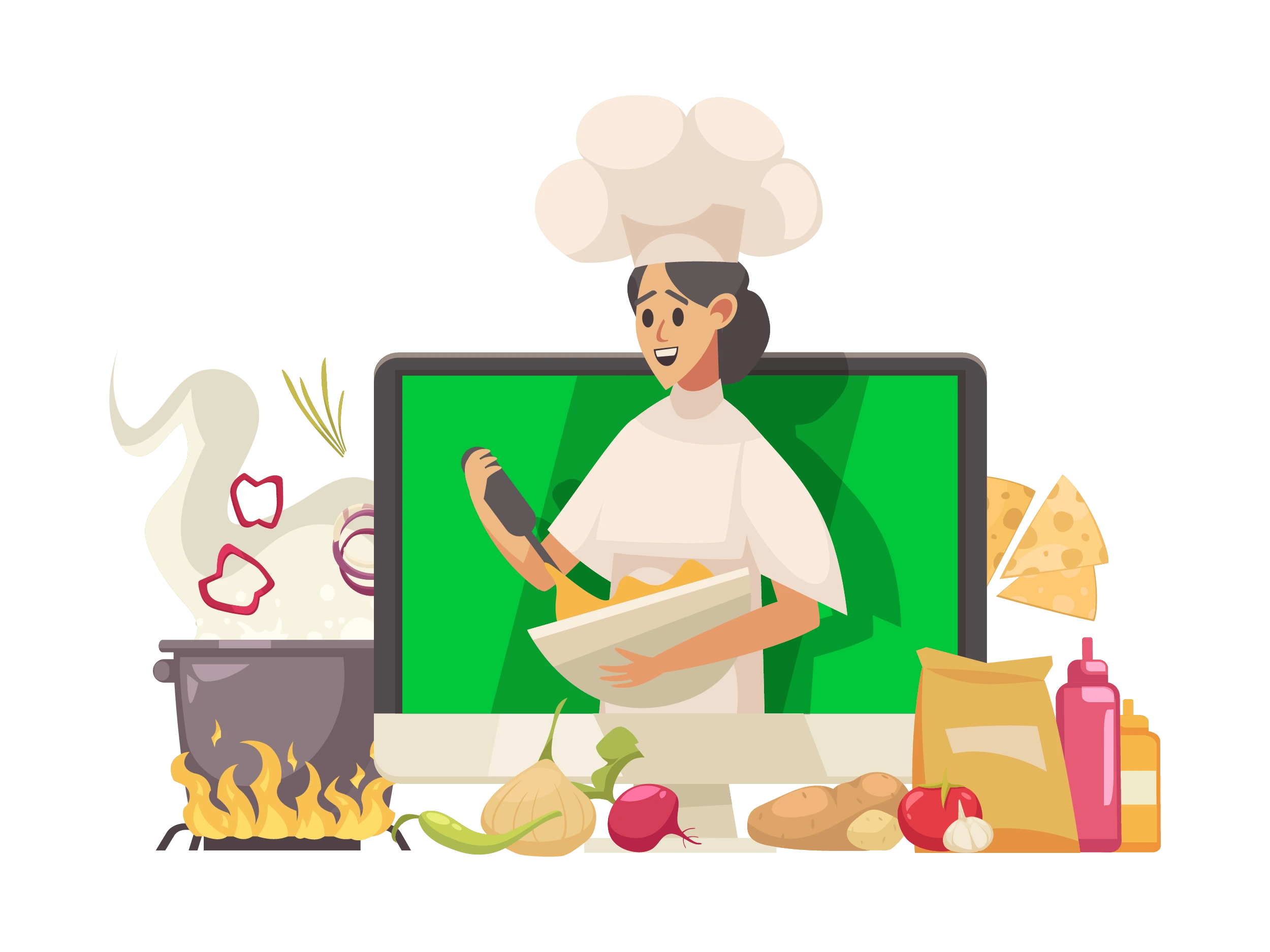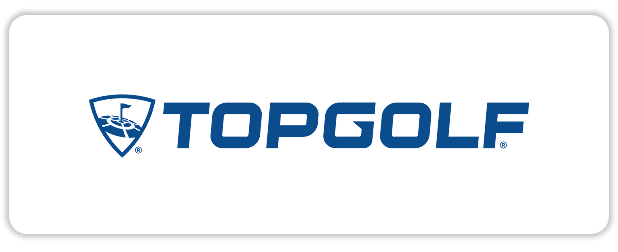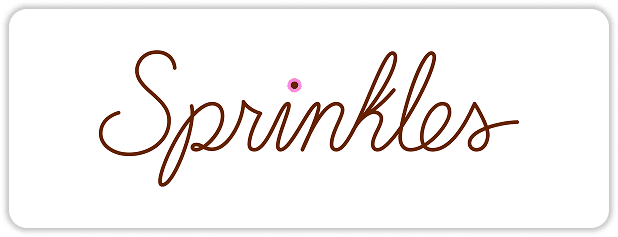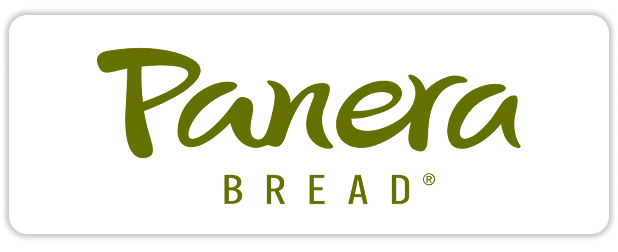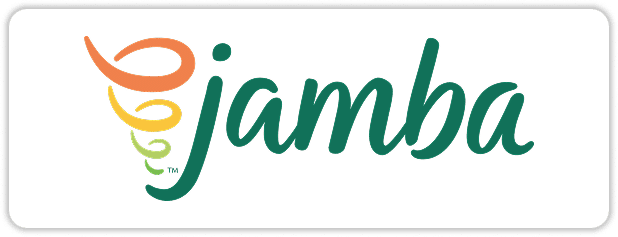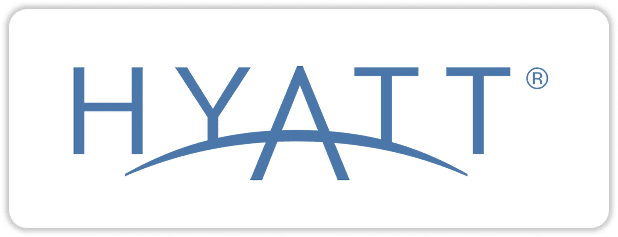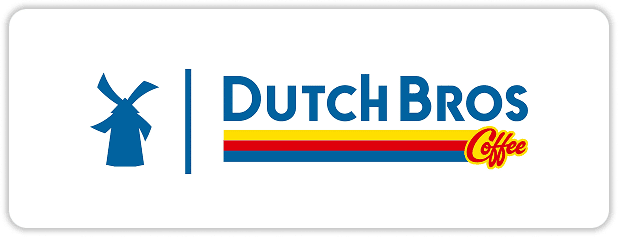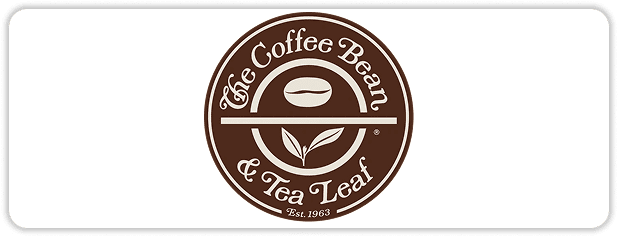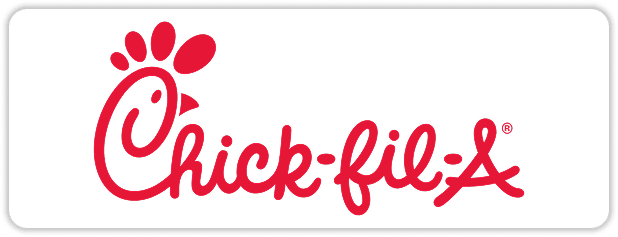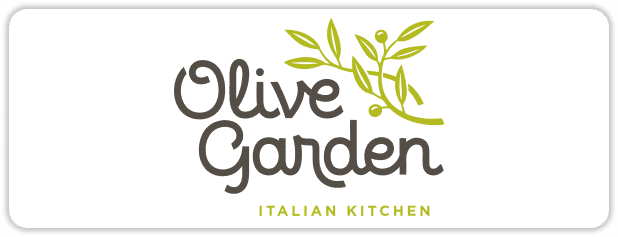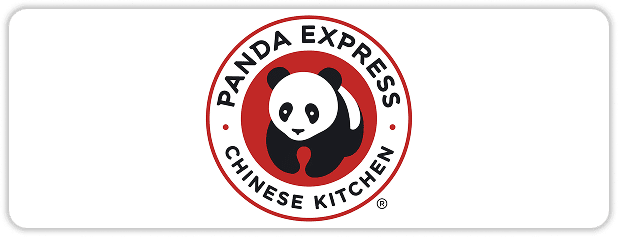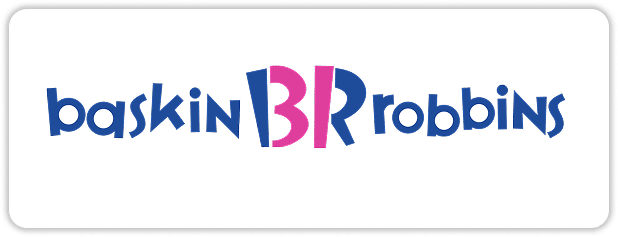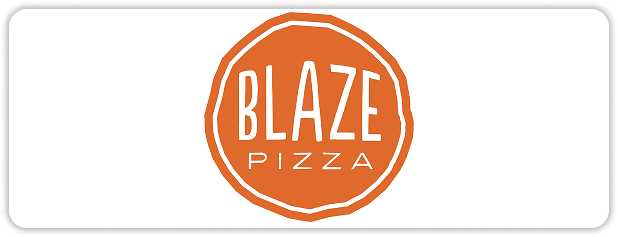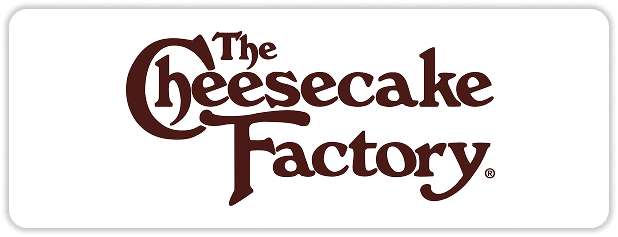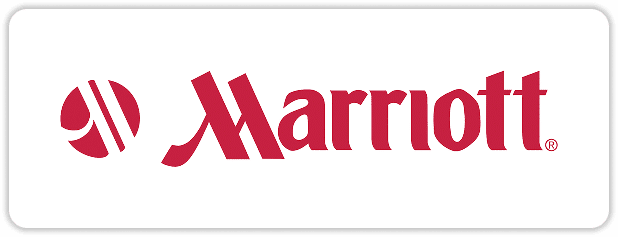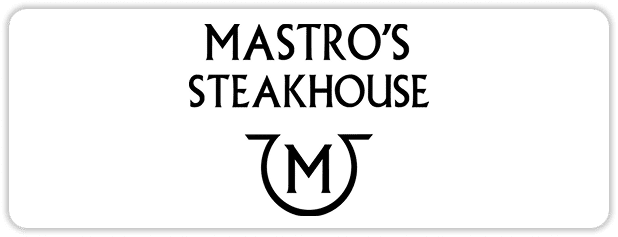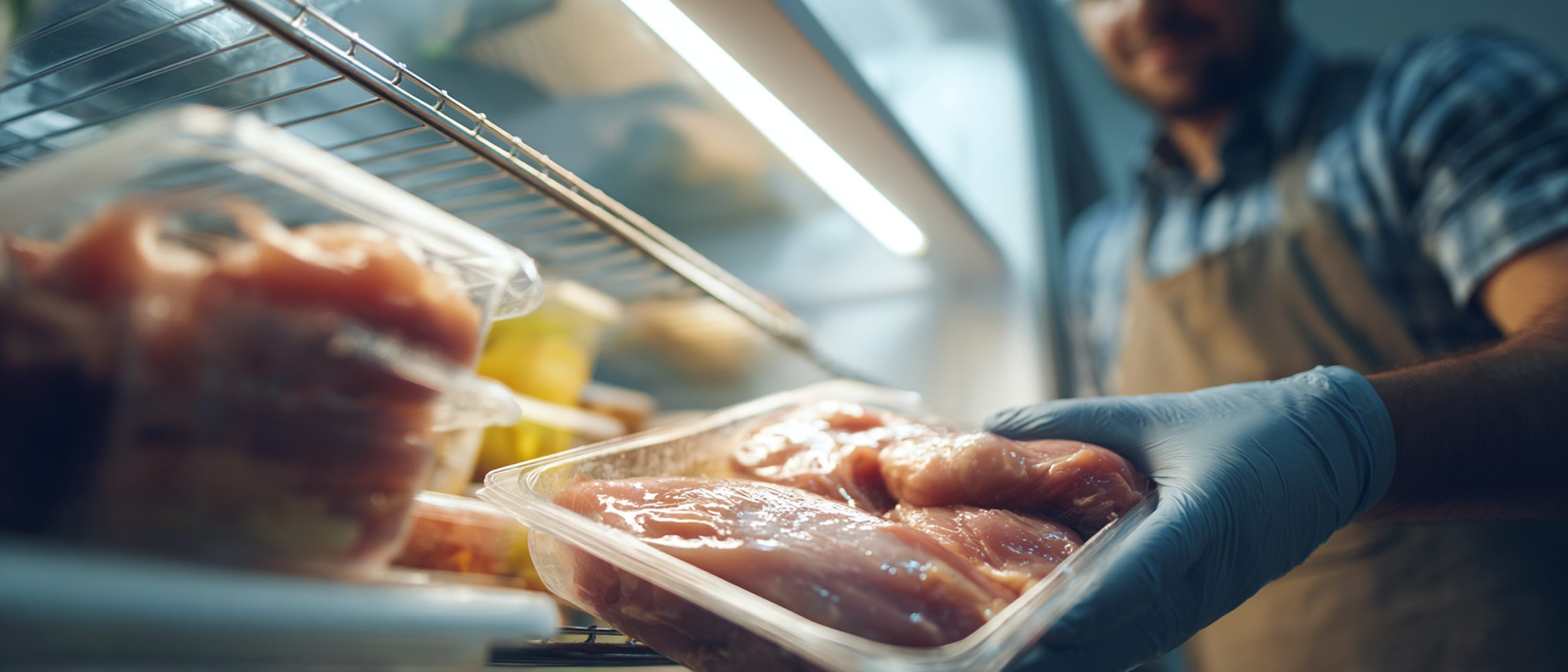
Thawing Chicken the Safe Way: How to Properly Defrost Frozen Poultry
Handling poultry safely begins long before it hits the pan. Whether you’re preparing chicken, turkey, duck, or other game birds, proper thawing is essential to hinder the growth of harmful bacteria, such as Salmonella and Campylobacter. Incorrect thawing can compromise both the safety and quality of your meat. Thawing chicken correctly ensures your meals are safe to eat, maintains optimal flavor and texture, and minimizes the risk of cross-contamination in your kitchen.
Why Thawing Chicken Safely Matters
Thawing poultry might seem simple, but it’s an essential step for food safety. Frozen poultry often contains bacteria that remain dormant while frozen, but can rapidly multiply once the meat reaches the “danger zone” (40°F to 140°F). According to the CDC, 1 in 25 packages of chicken sold in the U.S. may be contaminated with Salmonella. Campylobacter is another common contaminant, responsible for tens of thousands of cases of foodborne illness annually. Proper thawing keeps poultry out of the danger zone, preventing bacteria from proliferating and reducing the risk of cross-contamination in your kitchen.
What are the Safe Methods for De-icing Chicken and Poultry
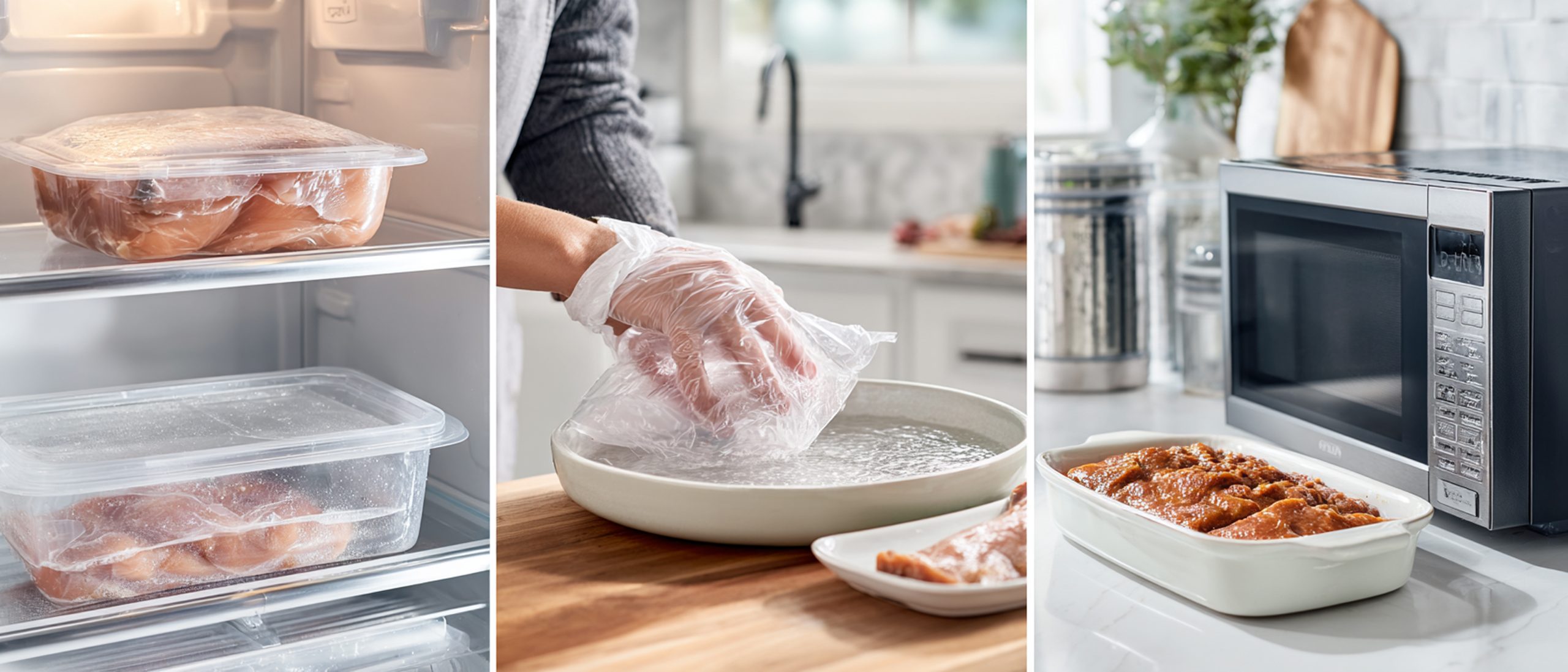
There are three primary safe methods for thawing poultry. Each has its benefits, depending on your schedule and kitchen setup.
1. Refrigerator Thawing
Refrigerator thawing is the safest method. Place the frozen poultry in a leak-proof container on the lowest shelf of your fridge so that juices from it won’t drip onto other foods. This method allows poultry to thaw gradually at a consistent, safe temperature below 40°F. Smaller cuts like chicken breasts can thaw overnight, while whole birds like turkey may require 24 hours per 5 pounds of meat. This slow thaw preserves both texture and flavor while minimizing bacterial growth.
2. Cold Water Thawing
Cold water thawing is another effective method. This is faster than thawing in the refrigerator, but it requires more attention. Submerge the poultry in cold water, then seal it in an airtight bag to prevent contamination. Change the water every 30 minutes to keep the temperature safe. Small cuts can thaw in an hour or less, while larger birds may take several hours. Poultry thawed using this method must be cooked immediately to prevent bacterial growth and multiplication.
3. Microwave Thawing
Microwave thawing is the quickest method, ideal for last-minute cooking. Remove any packaging and place the poultry on a microwave-safe dish. Use the defrost setting, following the manufacturer’s instructions for weight and type of poultry, because microwaving can partially cook the outer edges. Poultry thawed this way must be cooked immediately after defrosting.
What are Other Important Food Safety Steps Beyond Thawing
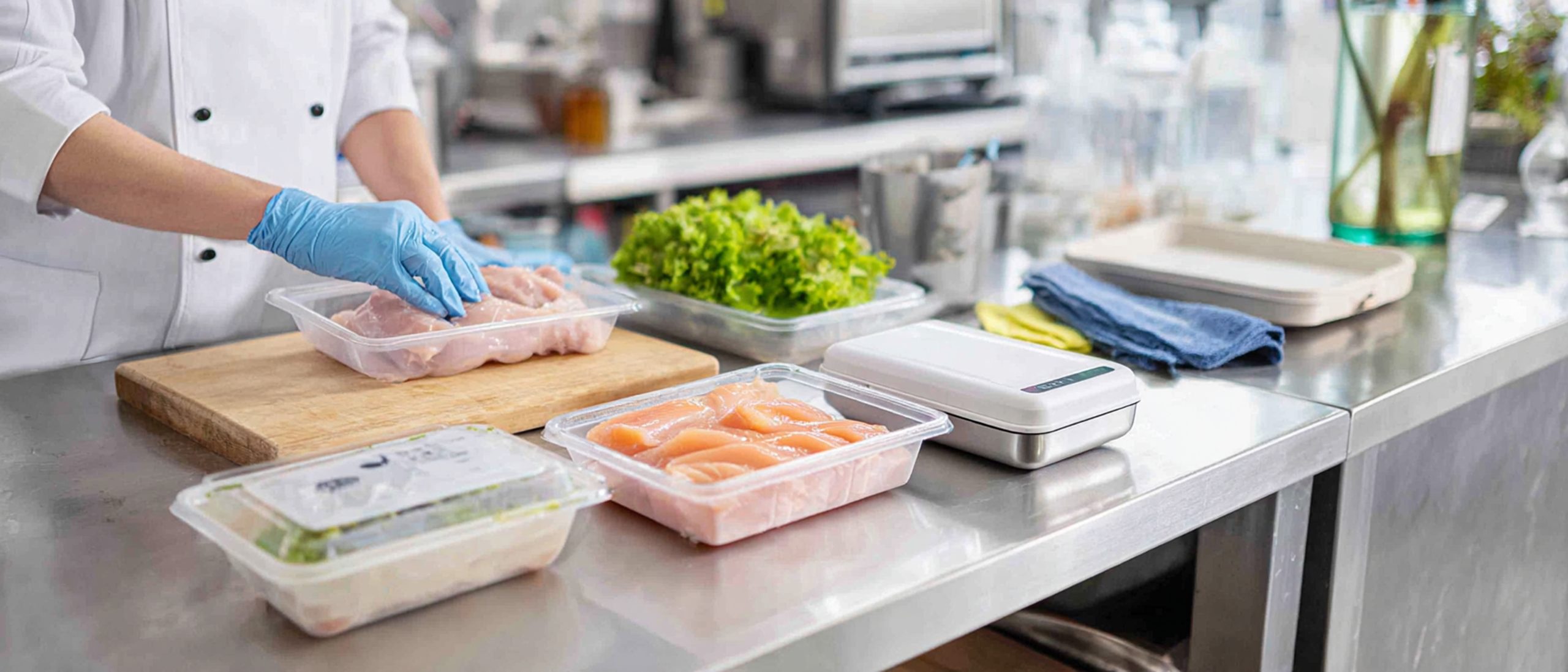
Thawing is just one piece of the puzzle. Proper handling before, during, and after cooking ensures that poultry remains safe to eat. These steps, in order, help prevent foodborne illness:
- Storage – Keep frozen poultry at 0°F or below. After thawing, store in the refrigerator at 40°F or lower and use within 1–2 days for smaller cuts or 3–4 days for whole birds.
- Preparation & Handling – Always wash hands, utensils, and surfaces after handling raw poultry. Use separate cutting boards for meat and other foods to eliminate the possibility of cross-contamination.
- Cooking – Cook poultry to an internal temperature of 165°F (74°C) as measured with a food thermometer. This ensures harmful bacteria are destroyed.
- Cooling & Holding – Leftovers should be cooled rapidly to below 40°F within two hours and stored in shallow containers to prevent bacterial growth.
- Reheating – Reheat cooked poultry to at least 165°F before serving. Avoid reheating multiple times.
- Serving – Keep hot foods above 140°F and cold foods below 40°F to minimize bacterial growth.
- Sanitization – Clean and sanitize all surfaces and utensils that come in contact with raw poultry.
Including these steps, along with proper thawing, forms a complete food safety system that reduces risk at every stage from freezer to plate.
What are Some Important Tips for Handling Different Types of Poultry
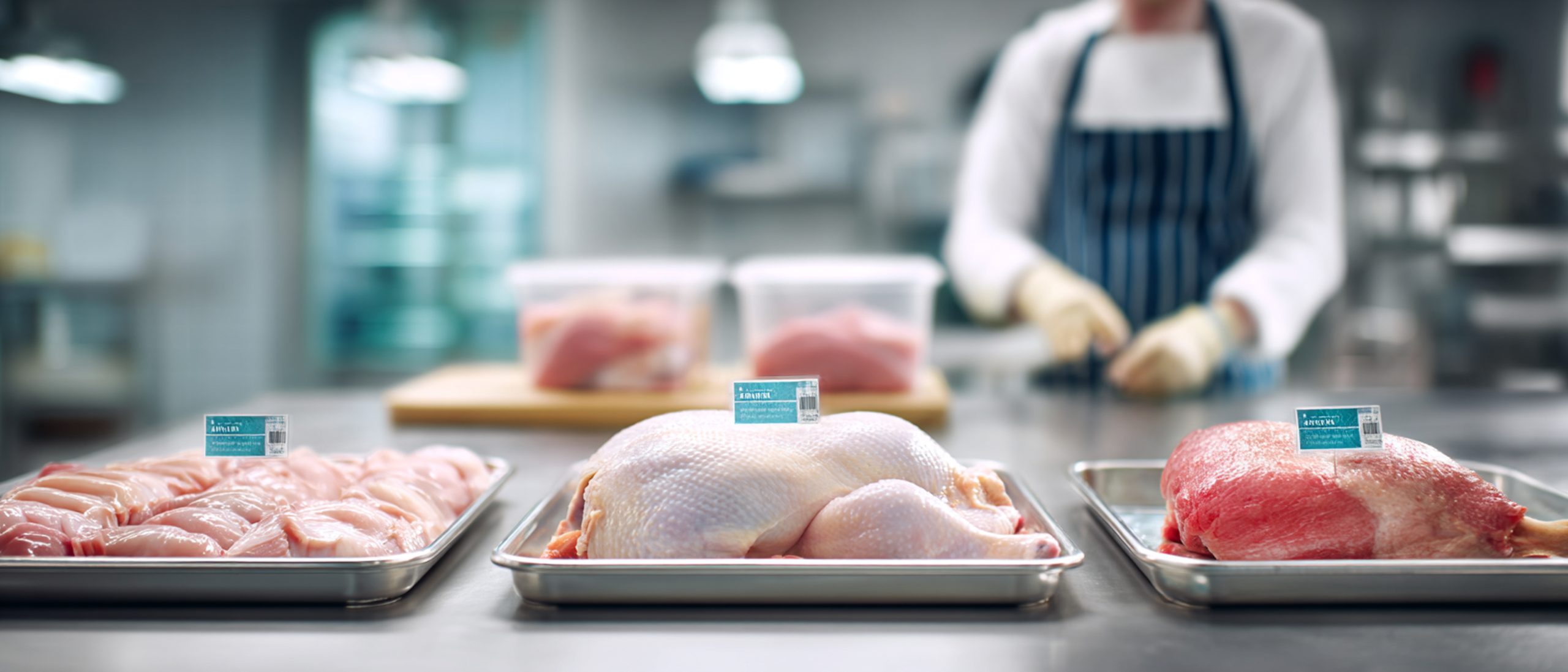
Different poultry types may require slightly different handling:
- Chicken – Most common; can be cut into portions before freezing for quicker thawing.
- Turkey – Often large; requires planning, ideally thawed in the refrigerator several days in advance.
- Duck & Game Birds – Higher fat content; thaw slowly in the fridge to retain texture and flavor.
Regardless of type, all poultry should follow the same safety protocols: keep it cold, avoid cross-contamination, and cook it at the proper temperature.
Why Proper Thawing is Essential
Improper thawing can cause bacteria such as Salmonella and Campylobacter to grow in food that can cause severe gastrointestinal issues. In addition to personal safety, thawing poultry properly helps preserve its quality. Rapid thawing in unsafe conditions can result in uneven cooking, soggy textures, or off-flavors. Following recommended methods ensures even cooking and a safe, enjoyable meal for your family or guests.
Conclusion
De-icing chicken and other poultry is more than just a step in cooking; it’s a crucial part of food safety. By understanding and following proper thawing methods, you can prevent the growth of dangerous bacteria, preserve the quality of your poultry, and ensure that every meal is both safe and delicious. Remember, thawing is just one component of safe poultry handling; proper storage, cooking, cooling, reheating, and sanitization are all essential to protect yourself and your family from foodborne illness.
